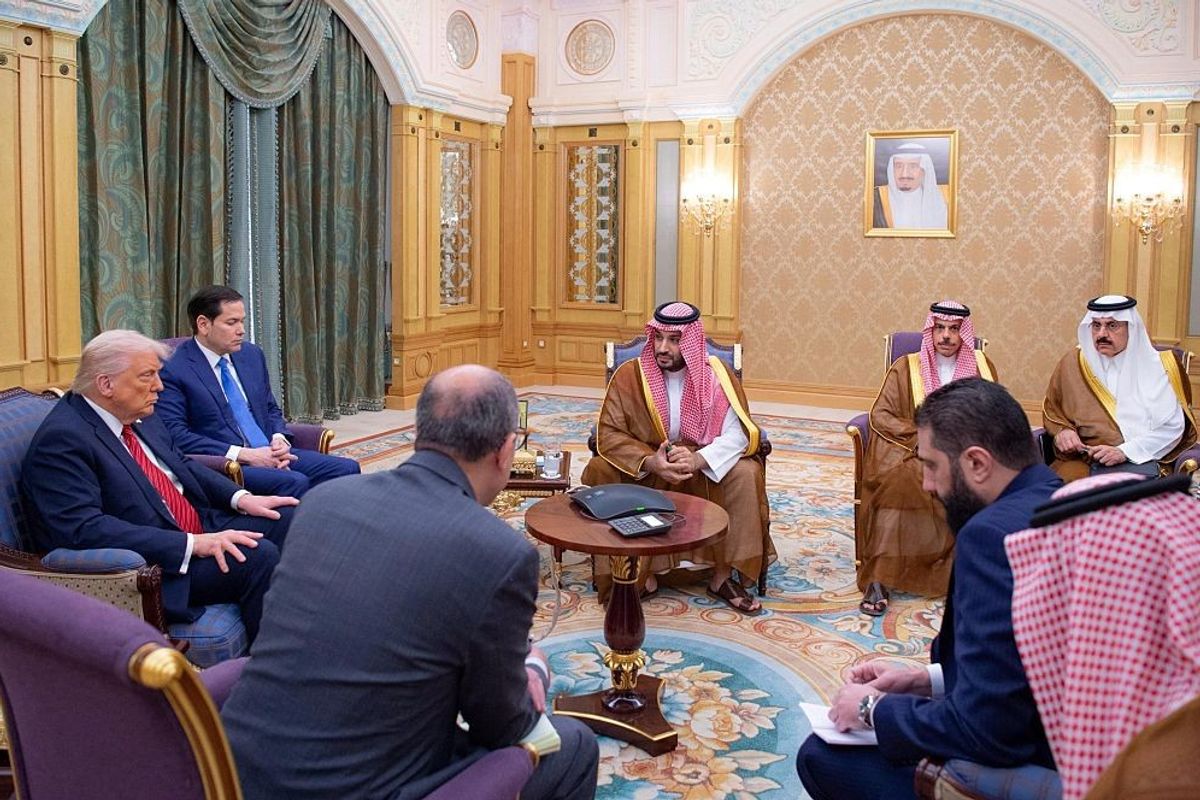FEATURE — Occasionally, we ask Cipher Brief Experts with experience in both the public and private sectors to share their thoughts on security-related issues.
The DNA of value creation
Indigenous corporate intelligence programs are no longer novel. Companies big and small have invested in intelligence people, tools, data, and third-party services to support executive understanding of both opportunity and risk in hopes of finding competitive advantage while limiting company exposure. But some corporate intelligence teams struggle to make their full value realized, and some corporate executives struggle with how best to task and use intelligence (and their intelligence teams) to drive strategically consequential decision-making. Material value is being left on the table, and some folks don’t even see it laying there.
For private sector intelligence leaders trying to fix this problem, there is no silver bullet. It’s a campaign, part organic and part choreographed, that demands mutual education and enlightenment (that means not only your customer, but also yourself), a stubborn commitment to tradecraft and the whole of your technical discipline, relentless focus on the business imperative, and a hell of a lot of hustle.
So, what does good look like?
It reflects one simple truth: ‘Intelligence’ is a discipline, not a topic or a narrowly-focused tool. Packaged correctly, it will be pointed at anything that matters most to a decision-maker, agnostic to the subject matter.
There’s a simple formula for how, where and why it works in a corporate setting. Purpose + Placement + Process.
Purpose: A corporate executive needs strategic intelligence just like a senior government policy maker. Plans and intentions of governments, individuals, companies, and non-state actors, along with their assessed potential outcomes and impacts, make a significant difference to the financial, reputational and physical well-being of a company and its people.
A thriving intelligence program anticipates the needs of the company and its executives, isn’t constrained by imagination to a limited scope or only tactical concerns and is proactively and cyclically pointed at a wide range of commercial goals, geopolitical risks and opportunities, and other strategic interests of the executive. “Good” looks like a corporate leader clearly identifying the gaps in their knowledge on virtually any topic of strategic interest to the company, leveraging a full-cycle intelligence capability to help fill those gaps, and making smarter, faster decisions as a result.
Placement: Intelligence must have a horizontal relationship with other support functions so that it can maintain a direct, vertical relationship with company leaders.
This is another place where programs fail to mature or become limited in their ability to deliver. Poor placement can create a necessarily narrow scope for the corporate intelligence team or put unintentionally disruptive filters between the intel producer and the intel consumer, or both.
For example, intelligence programs in most companies are tied into corporate security programs. This is a critical codependent relationship: successful security programs thrive on threat assessment to drive risk management, and security requirements necessarily make up a significant portion of a company’s intelligence needs. But a failure of imagination, either by an intel team or by corporate leadership, often results in the intelligence team being built as an ancillary or subordinate function of a security organization which in turn limits the intel scope exclusively to security issues, the most prioritized of which tend to be granular ones that address immediate, pressing needs. That leaves no room, or no mandate, for the team to deliver more broadly or for the company to realize the team’s full value (the ‘Purpose’ described above).
The same can be said when an intel team, either through corporate design or corporate protocol, is managed by or has its message filtered through other support functions (legal, compliance, government affairs, etc). Either through a difference in goals or a misunderstanding of nuance in methods or message, these corporate filters erode the intelligence process and unintentionally limit the corporate executive’s ability to realize full intelligence value.
The Cipher Brief hosts private briefings with the world’s most experienced national and global security experts. Become a member today.
Process: A successful program is built around a full-cycle capability. Meaning:
- Everything the intelligence function does is driven by either explicit, bespoke requirements or standing strategic requirements of key decision-makers in the company – nothing is produced for the sake of production, and ‘newsletters’ and weekly/monthly ‘roundups’ are out of the question unless specifically requested and with a specific purpose for how it’ll be used.
- A collection capability that delivers not only passive collection (ie. monitoring, subscriptions, open source feeds) but more importantly, active collection. This critical tool is often overlooked, and its where many programs miss the chance to be a unique ‘value-add’ to the company. Exclusively outsourcing active collection to external firms without an internal mechanism for directly managing that collection or providing analytic evaluation of the ‘raw’ output from those firms creates added risk, potential loss of relevance and insight, and significant added costs. But managed more directly, active collection yields unique and granular insights in a way that can be controlled both for fidelity and confidence, tailored to bespoke and real-time needs of internal decision-makers, managed for ethical execution of operations, and can be evaluated against the company’s own internal context, strategy, risk appetite, plans and intentions.
- Analytic capability backed by professional and practiced tradecraft and supported by the 3-legged stool of good analysis: people, data and tools. This is one that most companies get right (though often deployed in a limiting way). A good team of intelligence analysts can leverage their deep technical expertise to help executives see past the ‘impressionistic,’ challenge their assumptions, and make dispassionate decisions backed by data and qualitative subject matter expertise. And an indigenous analytic resource can interpret external events through the eyes of their corporate execs better than any external resource can because of the trust they’ve built with their customer.
- Dissemination is purposeful and deliberate, and feedback becomes the engine that drives the cycle. When all work is driven by actual requirements, it follows that the output of that work is fed to those who either a) need to do something with it or b) need to advise others to do something with it. Broad dissemination creates generic feedback, which creates generic requirements and generic reporting. You’ve become a cost center, which doesn’t end well for intel programs.
Read part 2 of The Corporate Intelligence Playbook in The Cipher Brief













